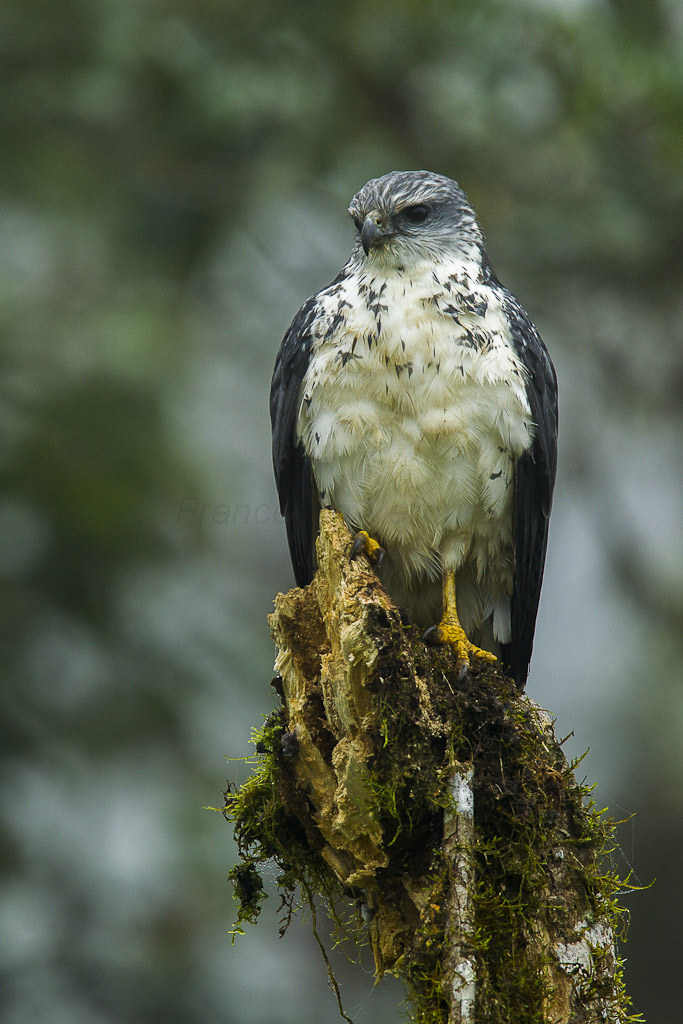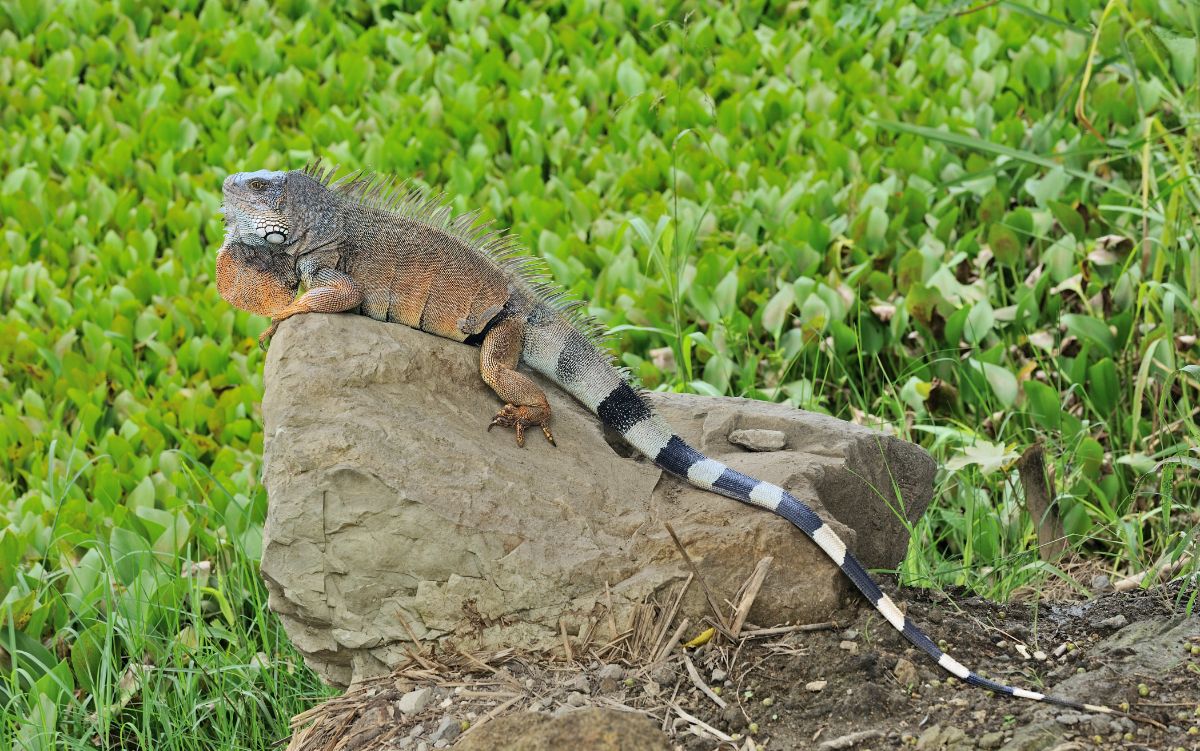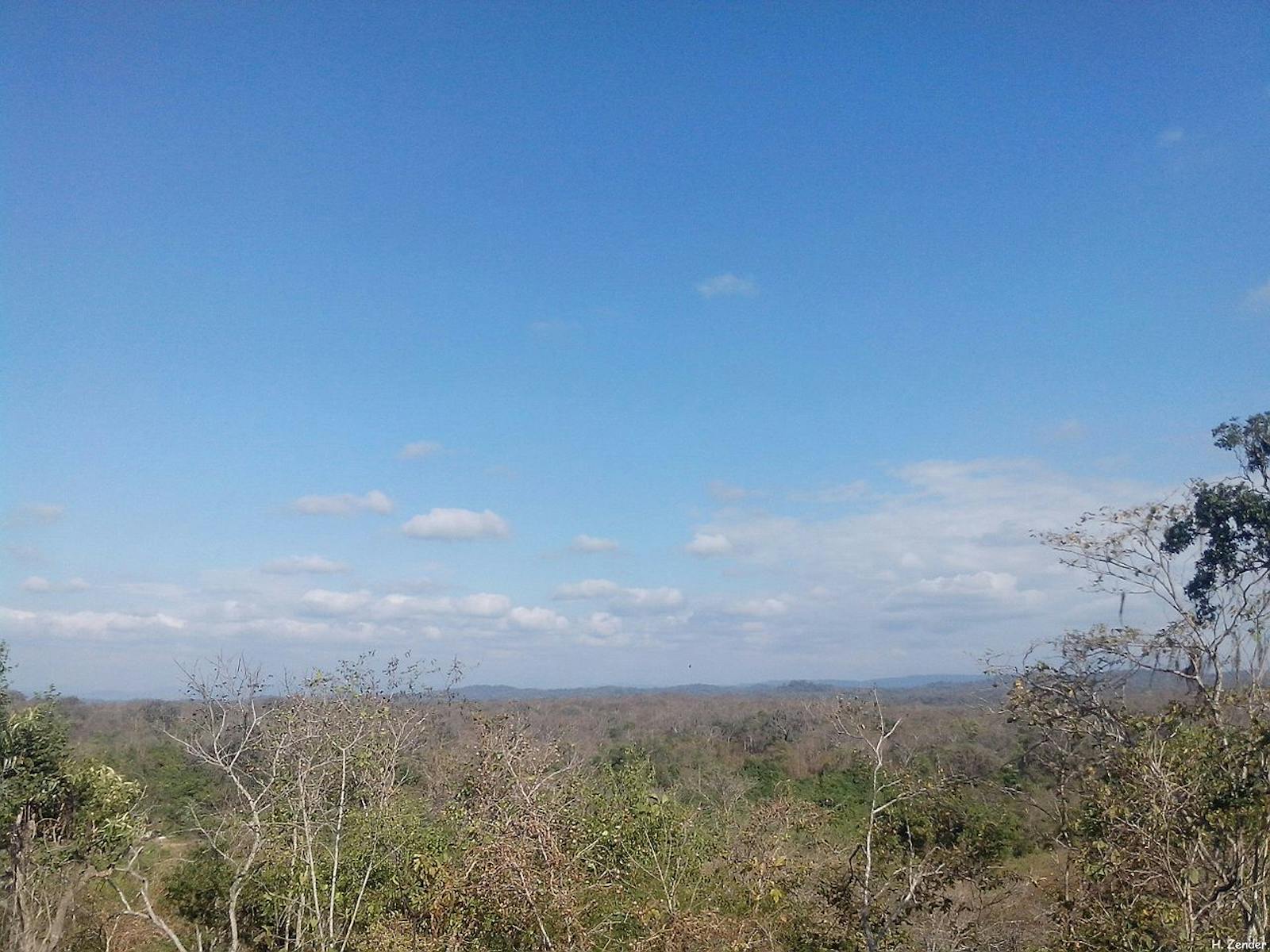Tumbes-Piura Dry Forests
The ecoregion’s land area is provided in units of 1,000 hectares. The conservation target is the Global Safety Net (GSN1) area for the given ecoregion. The protection level indicates the percentage of the GSN goal that is currently protected on a scale of 0-10. N/A means data is not available at this time.
Bioregion: Ecuadorean Dry Coastal Forests & Flooded Grasslands (NT10)
Realm: Southern America
Ecoregion Size (1000 ha):
4,137
Ecoregion ID:
549
Conservation Target:
13%
Protection Level:
6
States: Peru, Ecuador
The endangered grey-cheeked parakeet’s native range includes the Tumbes-Piura Dry Forests ecoregion. In fact, this ecoregion includes its largest remaining population within Peru’s Cerros de Amotapes National Park. These birds favor building their nests in sheltered locations such as tree hollows and even termite mounds. As their number decline, flocks of these gregarious and raucous birds are becoming increasingly rare, which in turns affects the many trees species in the forests that depend on them as seed dispersers.

The flagship species of the Tumbes-Piura Dry Forests ecoregion is the grey-cheeked parakeet. Image credit: Creative Commons
This Tumbes-Piura Dry Forest ecoregion is located in the equatorial region of South American between the Pacific Ocean and the western slope of the Andes Mountains. It includes a small section in southern Ecuador and the departments of Tumbes, Piura, Lambayeque and Cajamarca in northern Peru. The climate is warm and dry, although wetter towards the north. It has a rainy season during the months of January to March with rainfall between 100–500 mm, and a well-defined dry season. The average annual temperature varies between 24 and 27ºC.
This ecoregion is home to some of the largest dry forest remnants in western South America. These forests consist of species adapted to the extremely arid conditions of the dry season, including species of Ceiba tree, papellio and yellow cordia shrub species, and cacti. Other dominant species in the dry forest zone include hualtaco, guayacán, palo santo, ébano, charán, sapote, pasallo, angolo, almendro. It is considered to host one of the highest abundancies of mesquite.
The Tumbes-Piura Dry Forests ecoregion has a significant level of endemism within its flora community attributed to many species adapting to the arid conditions. The Carob tree species is noted for their ability yo capture and fix nitrogen into the soil with its roots, thereby improving nutrient conditions not only for themselves but also for other vegetation species nearby. Characteristic species of fauna in the ecoregion include southern tamandua, Guayaquil squirrel, common green iguana, and various species of birds such as parrots, parakeets, magpies, and some furnarids.

Gray backed hawk. Image credit: Francesco Veronesi, Creative Commons
For decades, this ecoregion has been subjected to selective extraction of largely flora and some fauna. However, the habitats and wildlife have seen recovery relatively recently. This is attributed to the establishment of Cerros de Amotapes National Park, and the positive effects of El Niño weather pattern that led to an increased water availability the ecosystem. El Niño is an irregular cyclic weather event stemming from warm Pacific Ocean waters causing changes in global climate, chiefly increased precipitation in this area. This increased rainfall helps thousands of plants germinate in the Tumbes-Piura Dry Forests ecoregion, facilitating the recovery of floral species as well as providing food, among other services, for faunal species.
The main threats to the region include selective extraction of tree species for firewood, coal, and manufacturing of crates, leading to habitat degradation. Other threats include the illegal capturing of parrot and parakeet species for sale as pets, as well as the hunting of some mammals and reptiles for consumption.
The priority conservation actions for the next decade will be to: 1) establish a community level awareness and movement to mitigate biodiversity loss; 2) increase security presence to curb the illegal pet trade and hunting; and 3) increase the size and connectivity of protected areas.

Green Iguana. Image credit: Creative Commons
Citations
1. Carlos Riveros Salcedo, J. 2019. Southwestern Ecuador and Northwestern Peru. https://www.worldwildlife.org/ecoregions/nt0232 Accessed March 5, 2019.
2. Rodríguez, L. 1996. Diversidad Biológica del Perú: Zonas Prioritarias para su Conservación. Proyecto Fanpe GTZ-INRENA.
3. Brack A. 1988. Ecología de un País Complejo. Gran Geografía del Perú. Lima.
4. BirdLife International 2016. Brotogeris pyrrhoptera. The IUCN Red List of Threatened Species 2016: e.T22685966A93094507. http://dx.doi.org/10.2305/IUCN.UK.2016-3.RLTS.T22685966A93094507.en. Accessed March 5, 2019.



